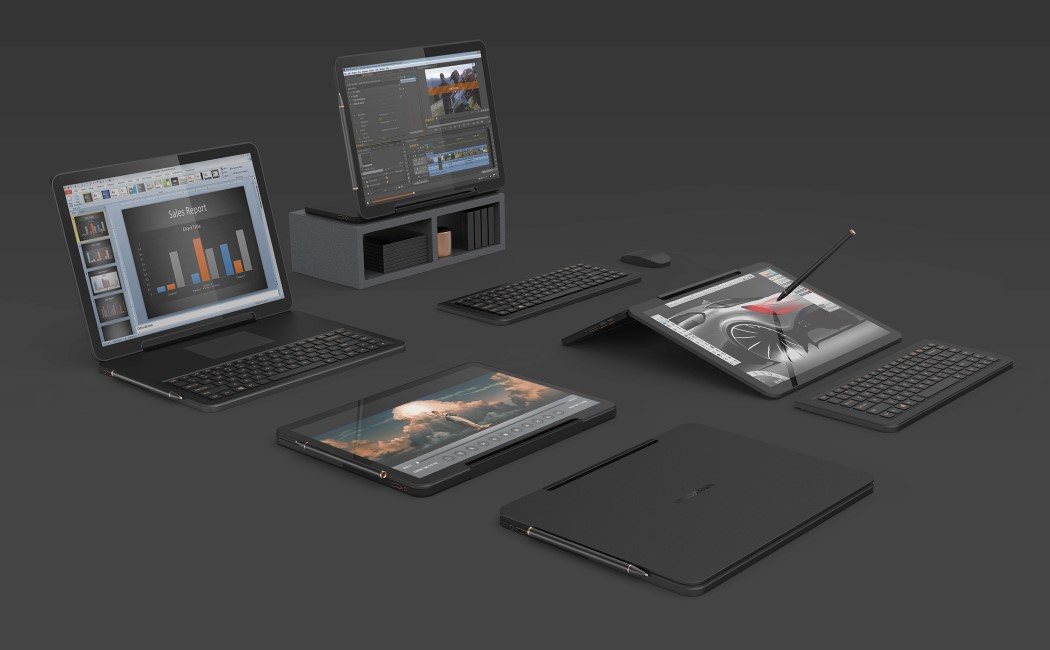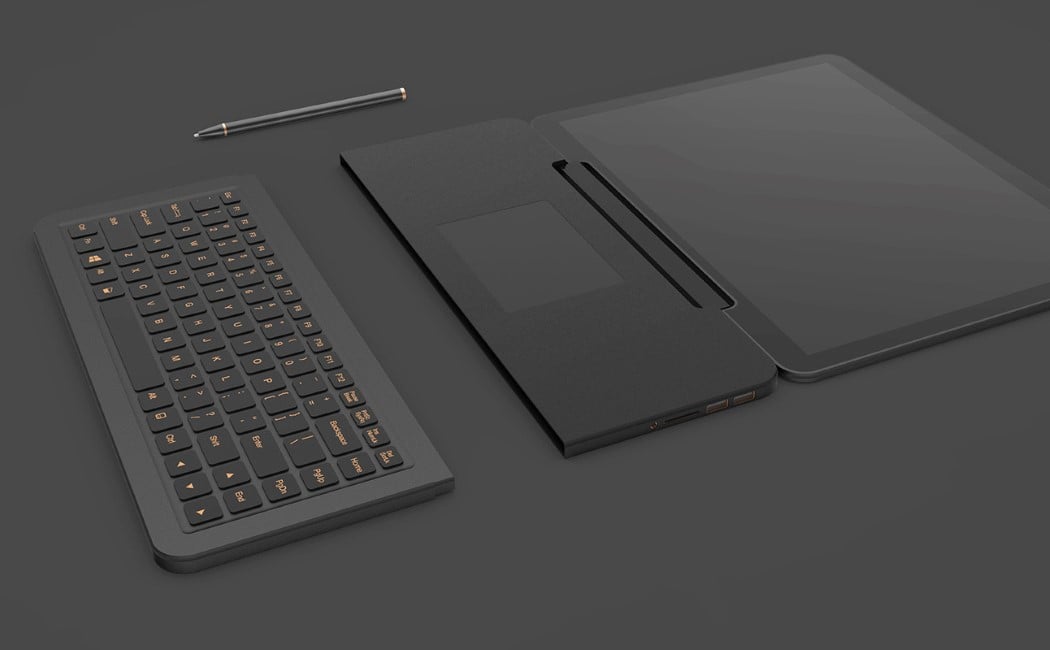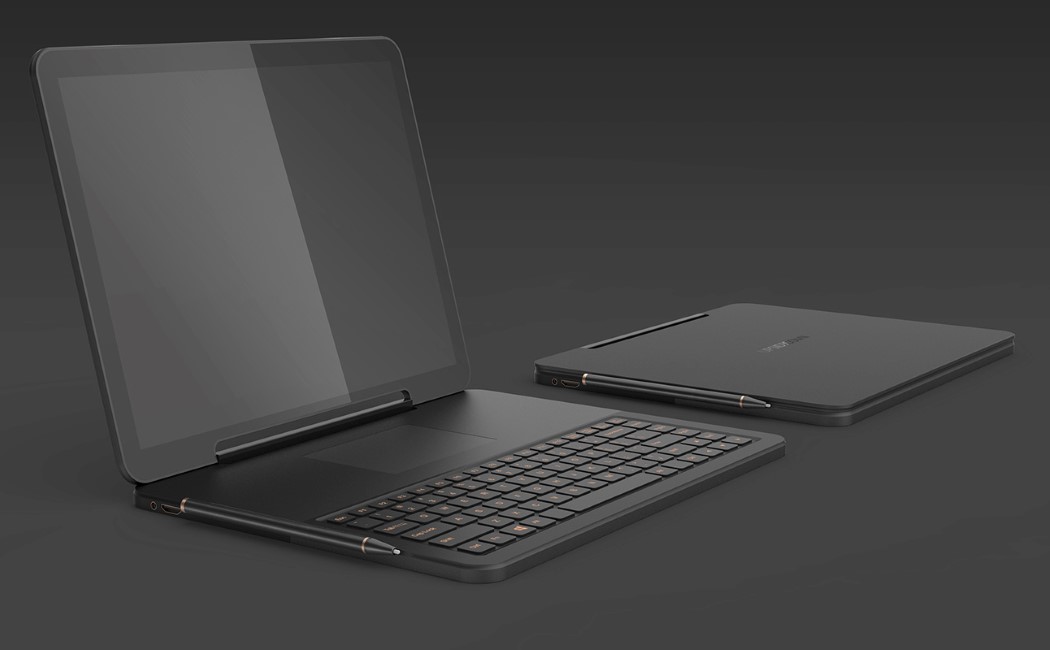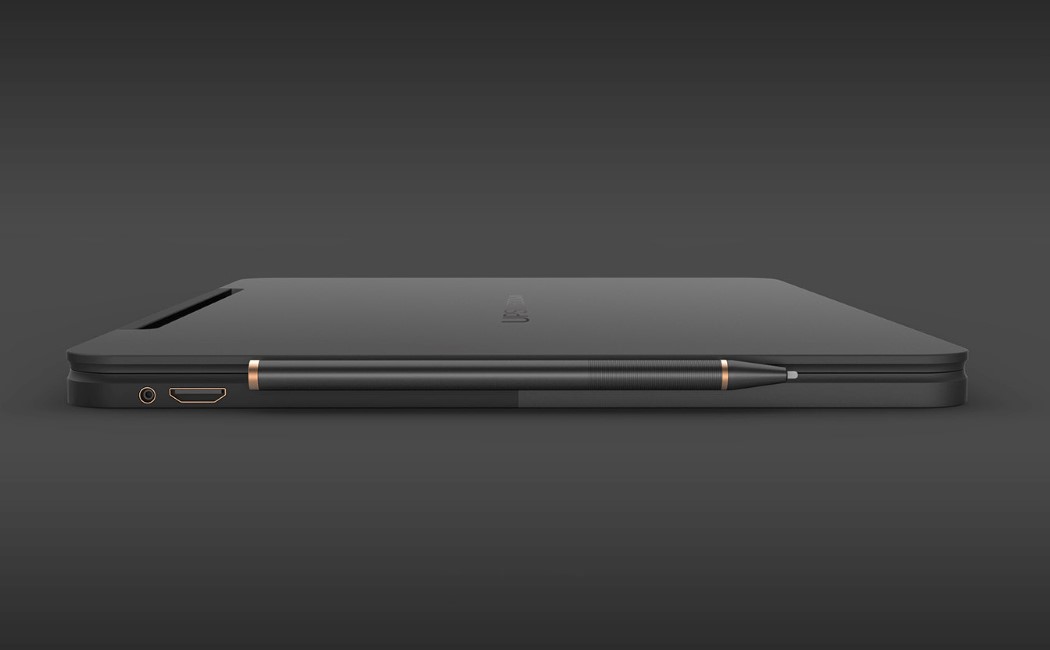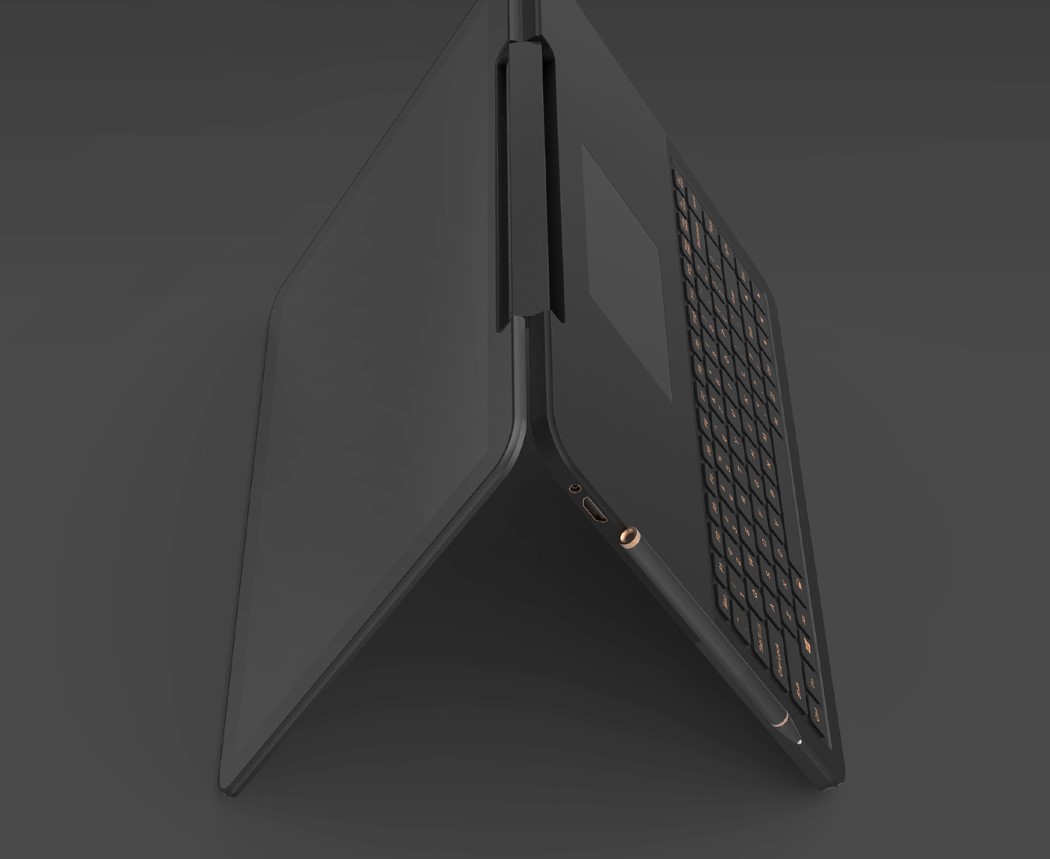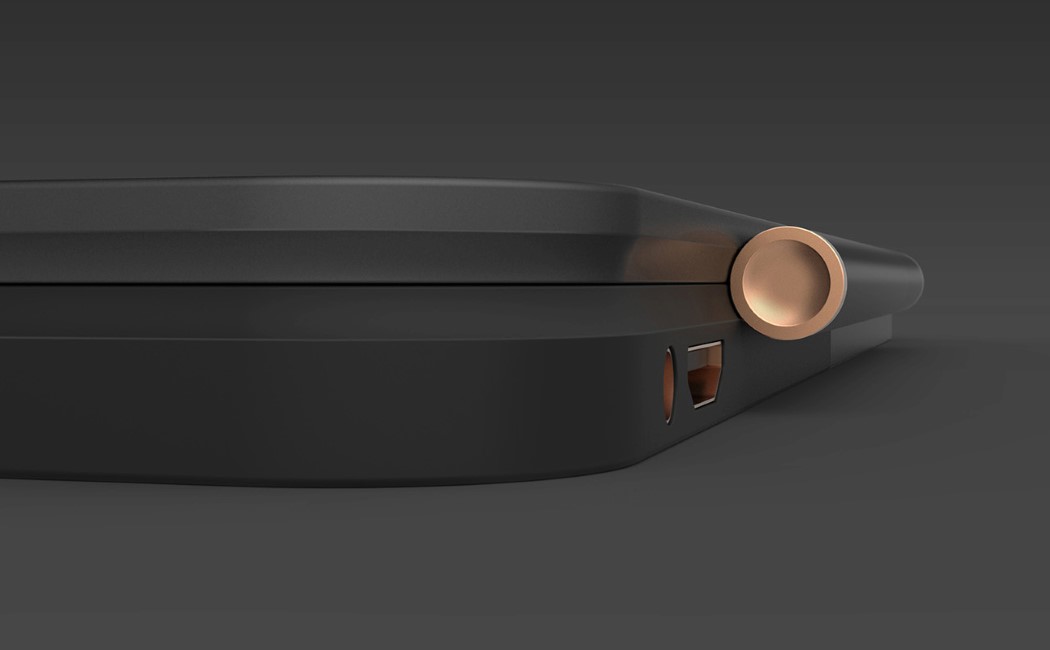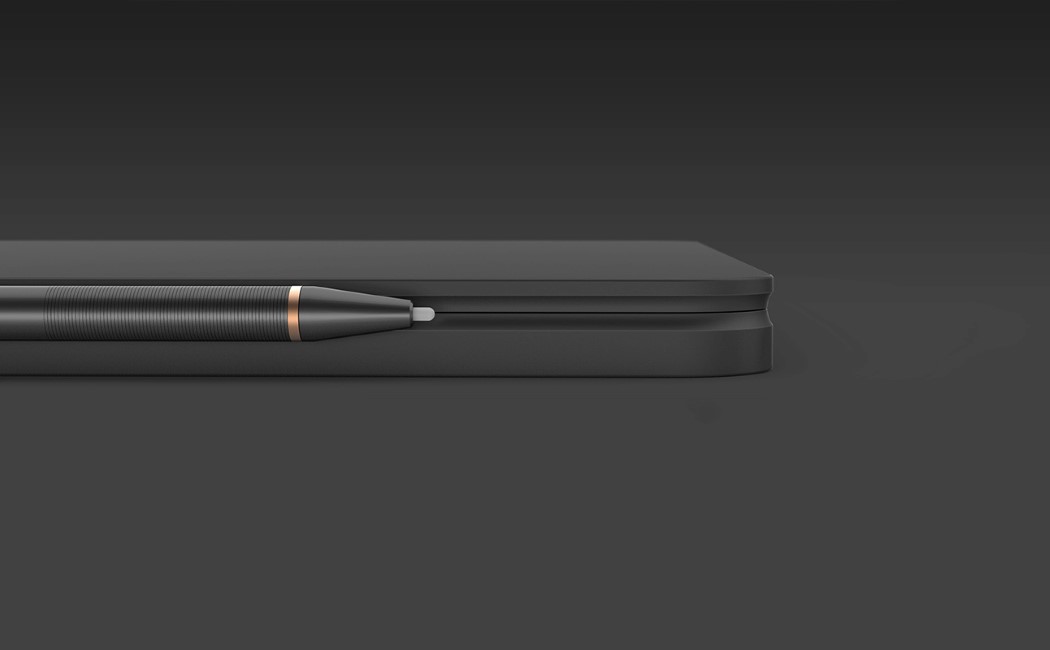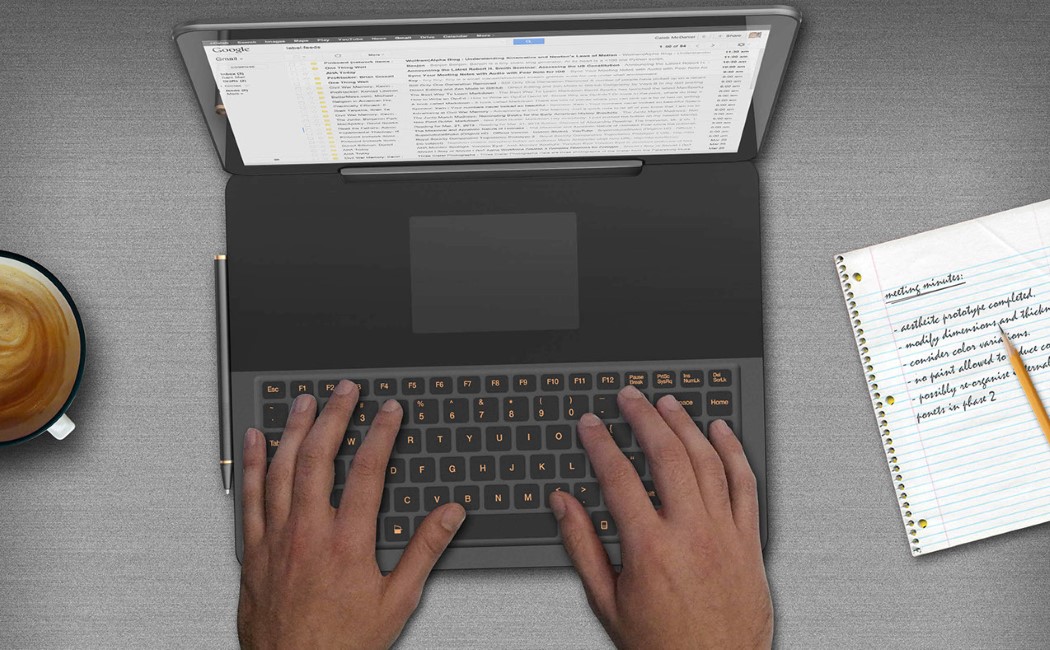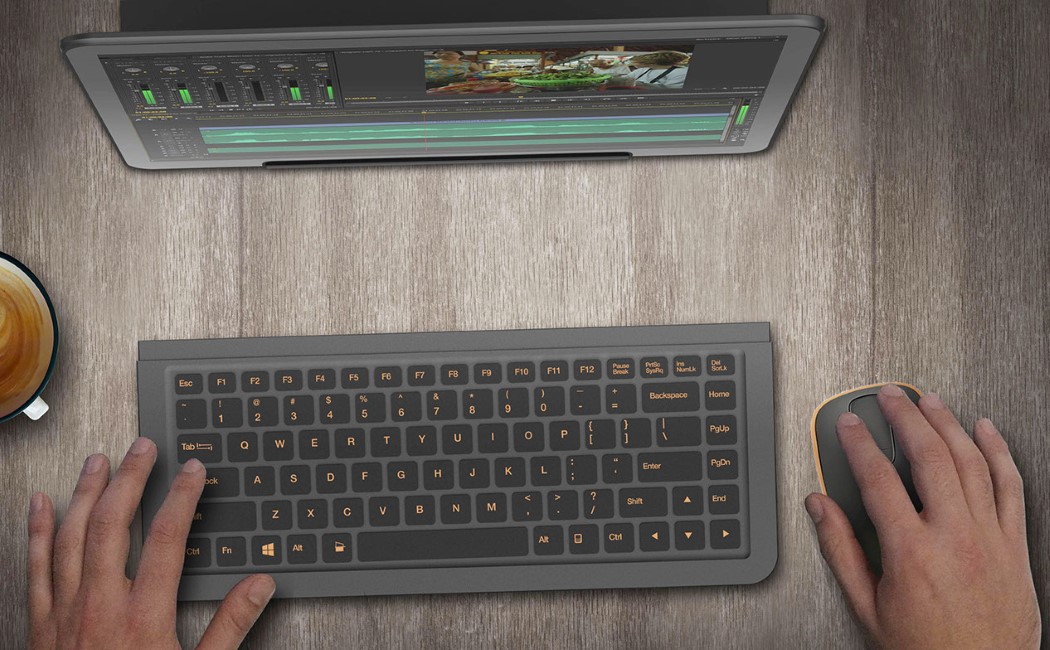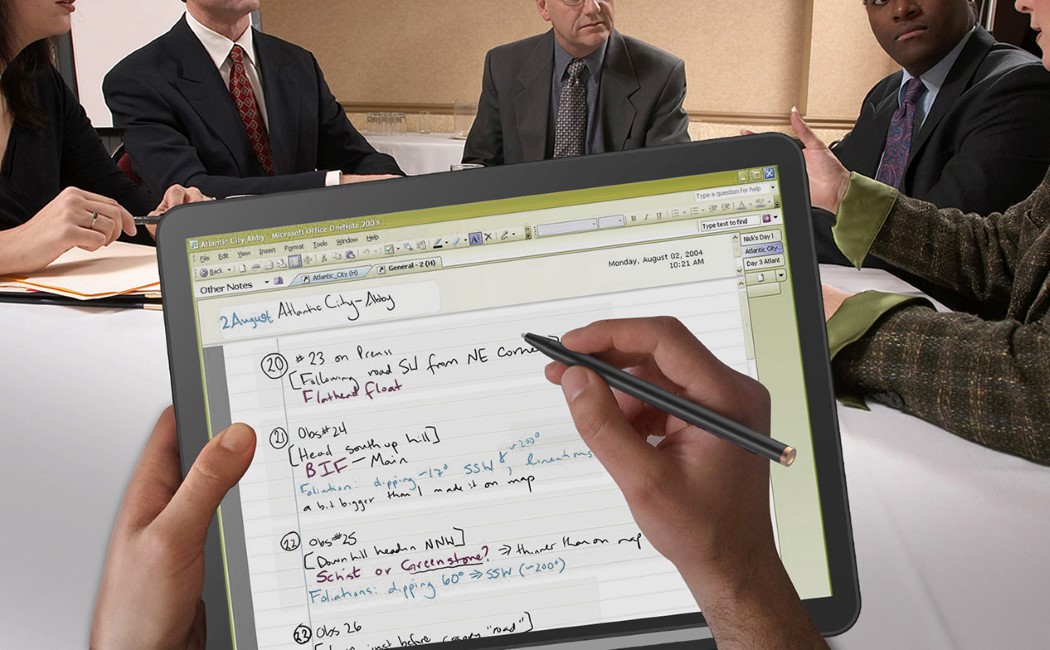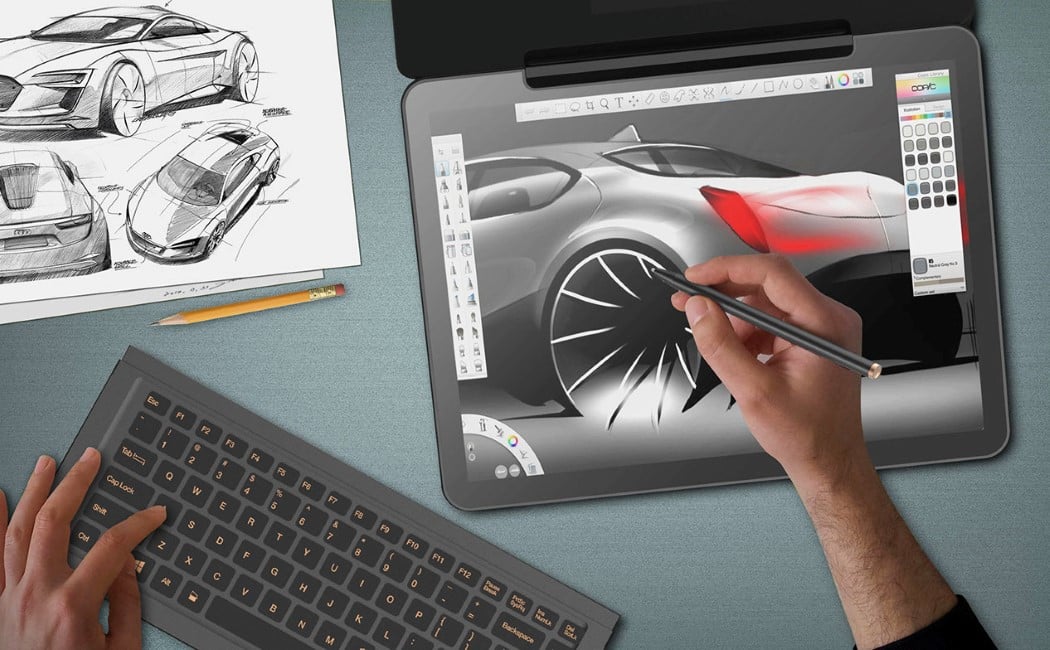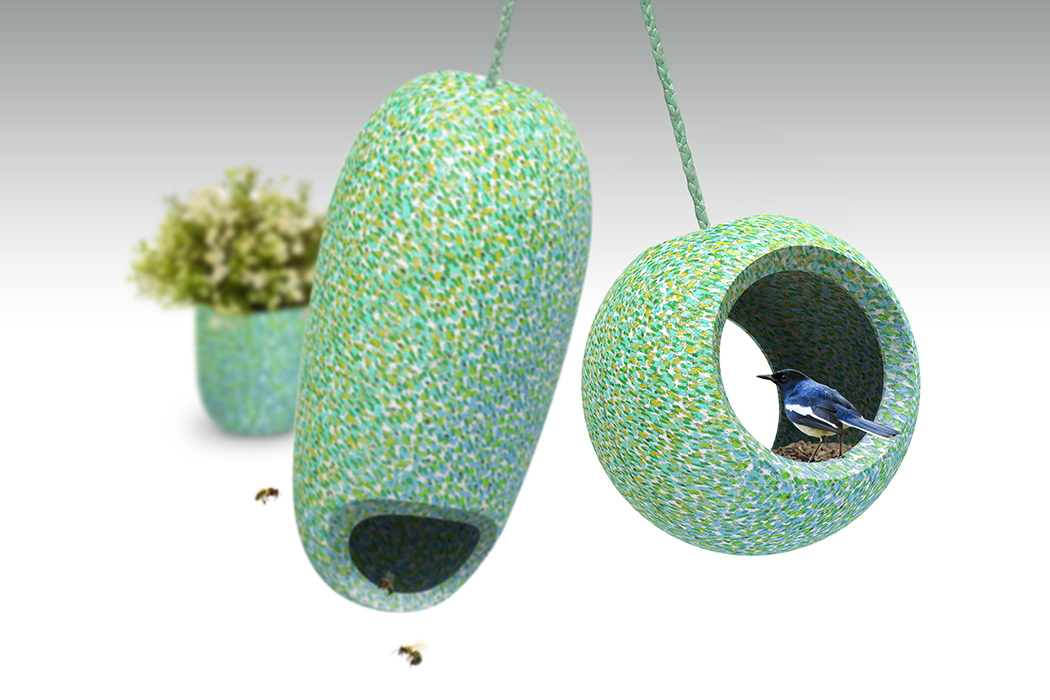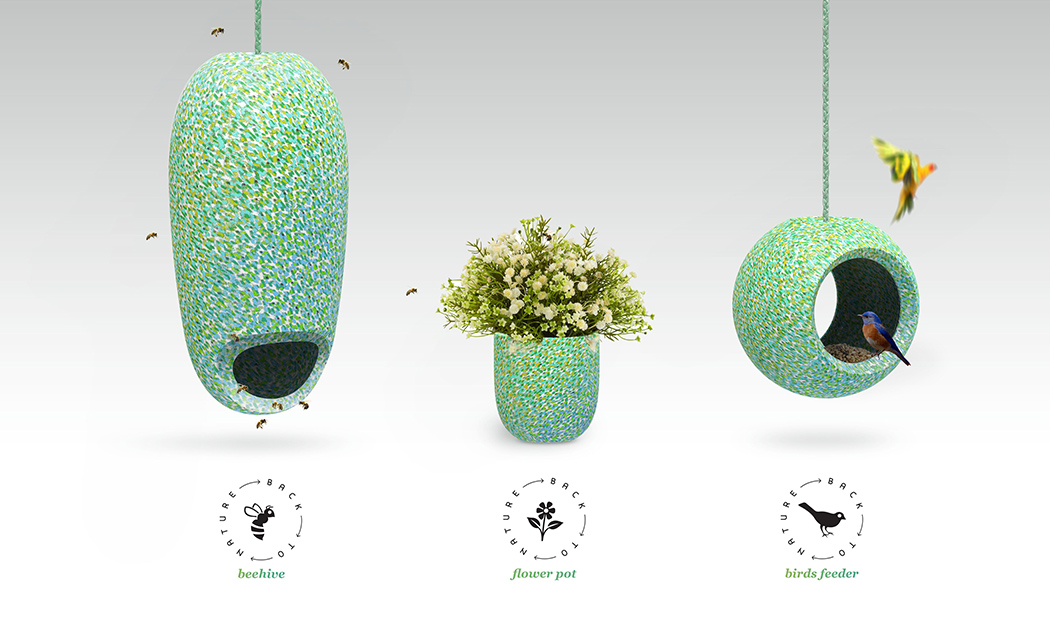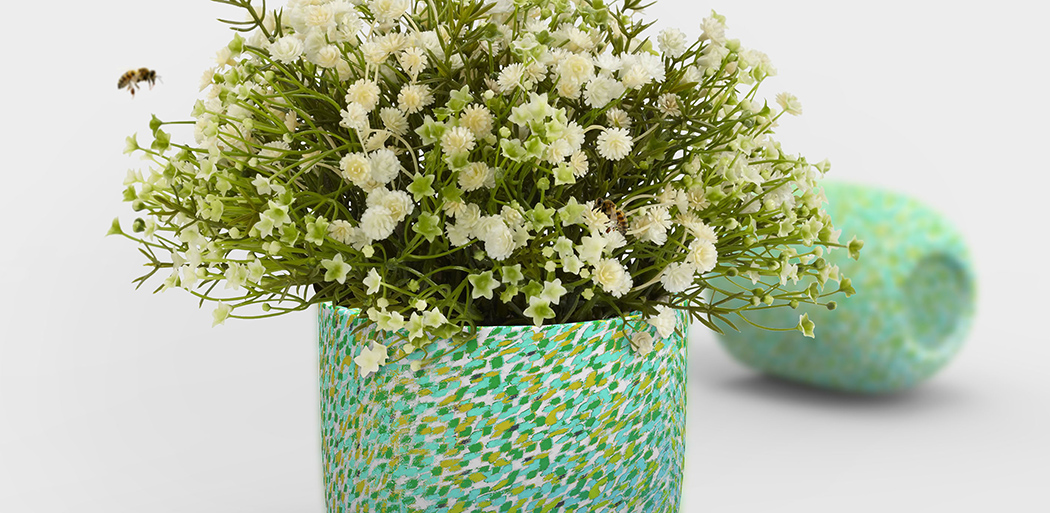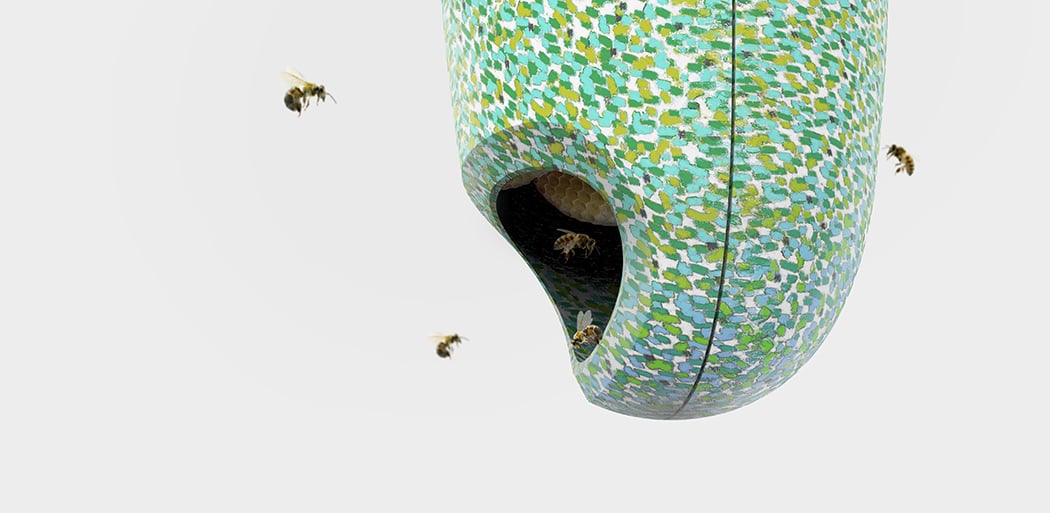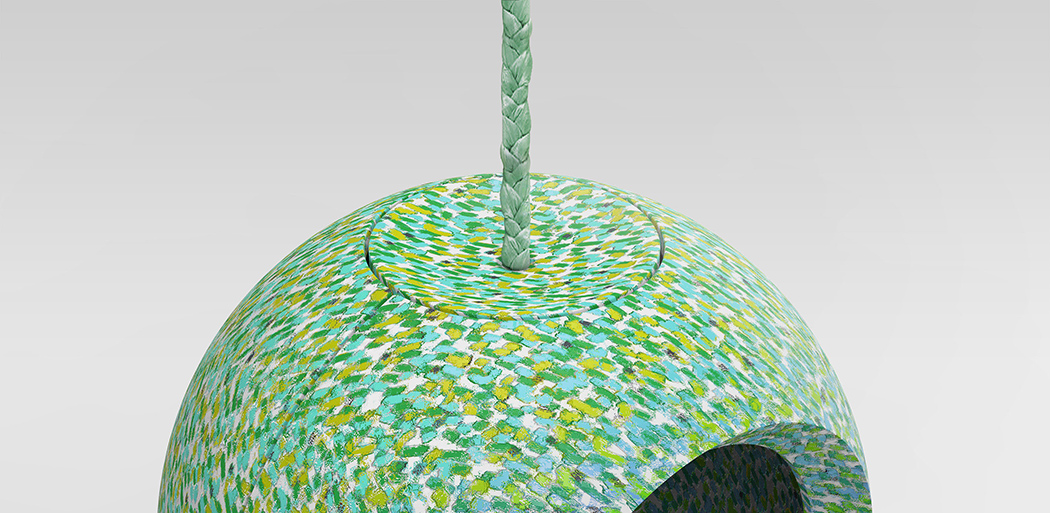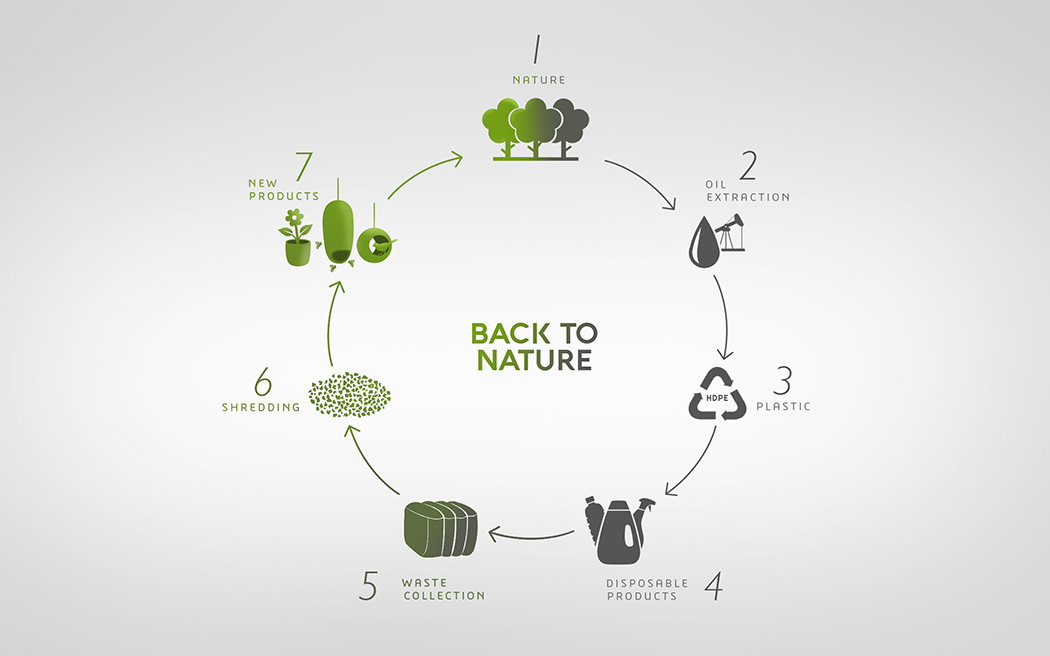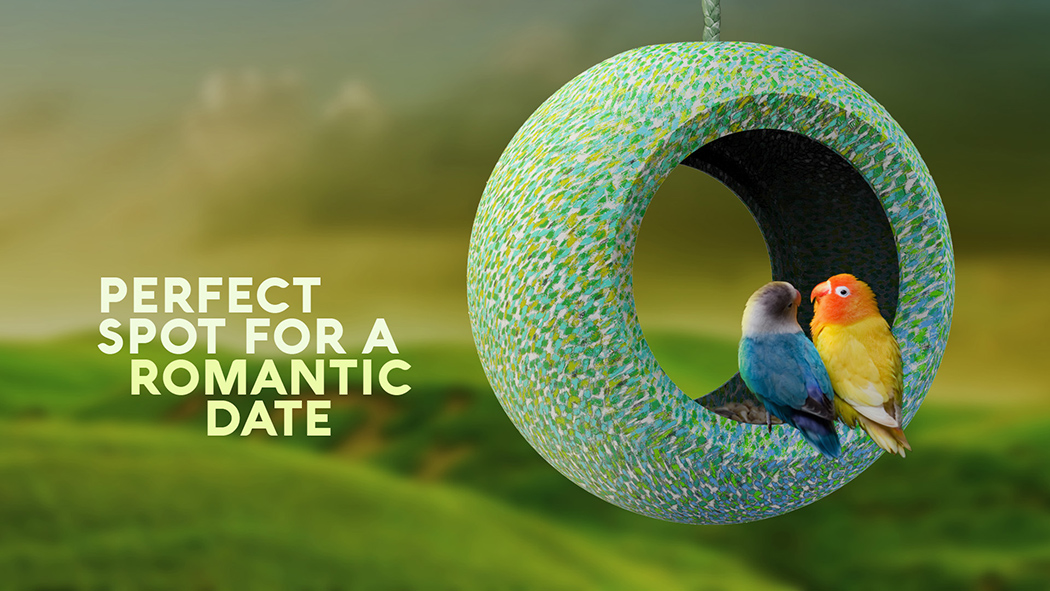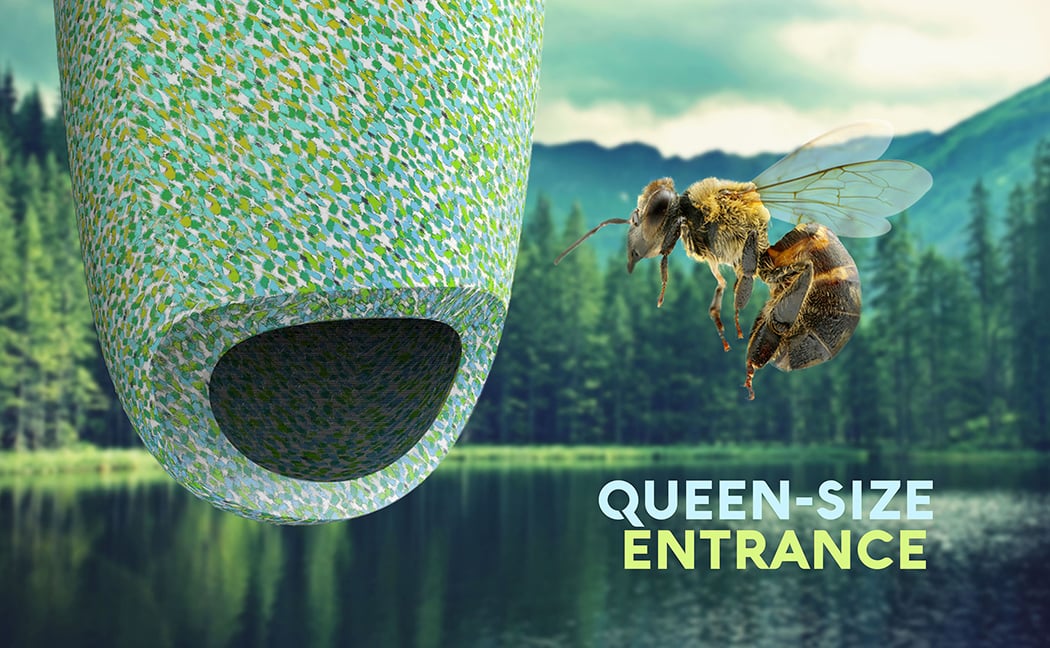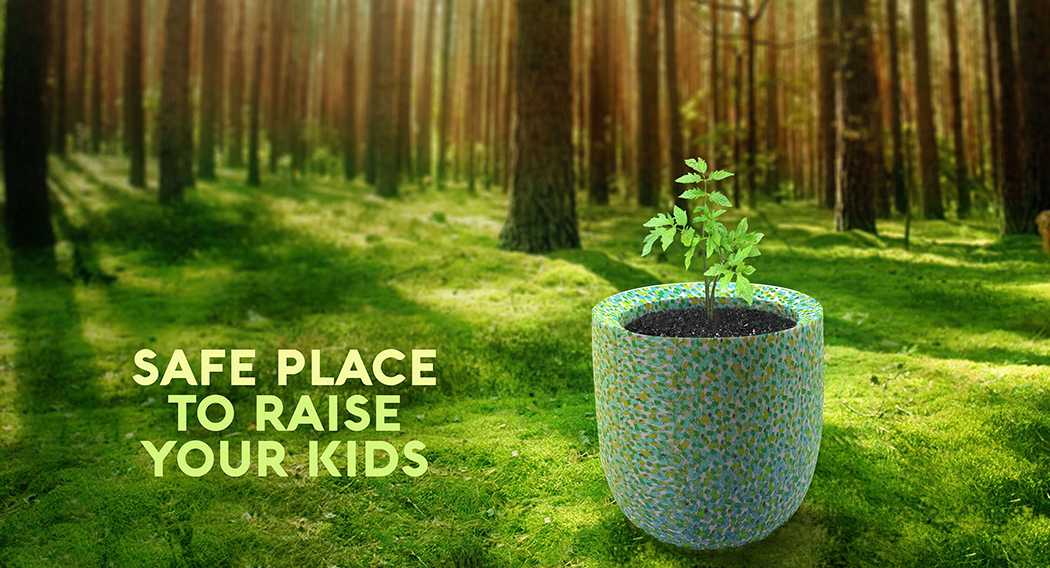
Toothbrushes are infamously difficult to recycle; their plastic bodies paired with the silicone over molds make the materials a challenge to separate, resulting in them spending the remainder of their lives on landfill sights… not great for a device that we only use for 4 minutes a day! Whilst regularly replacing our toothbrush is necessary, the handle can withstand a much longer lifespan than the heads.
This beautiful design is 2°C, a toothbrush that reduces the overall plastic waste by a staggering 87%! This has been achieved through the implementation of a high-quality reusable body that accommodates the disposable brush heads. Requiring just the heads to be replaced every six months. Its intriguing design doesn’t end at sustainability, packed into the magnetic base is a technology that quietly tracks your brushing stats, whilst simultaneously keeping track of the age of the brush head! This information is communicated to the user through the mobile app, allowing for unobtrusive tracking of the device!
Designer: Andrea Mangone







“When not in use the toothbrush snaps magnetically to a smart base for a minimum footprint on the bathroom counter. The smart base is able to track brushing time and frequency, as well as estimating when the brush heads should be replaced for an optimal brushing effectiveness. Moreover the system is able to provide an additional estimate of how much plastic is being saved from trash,” Mangone explains to YD.




